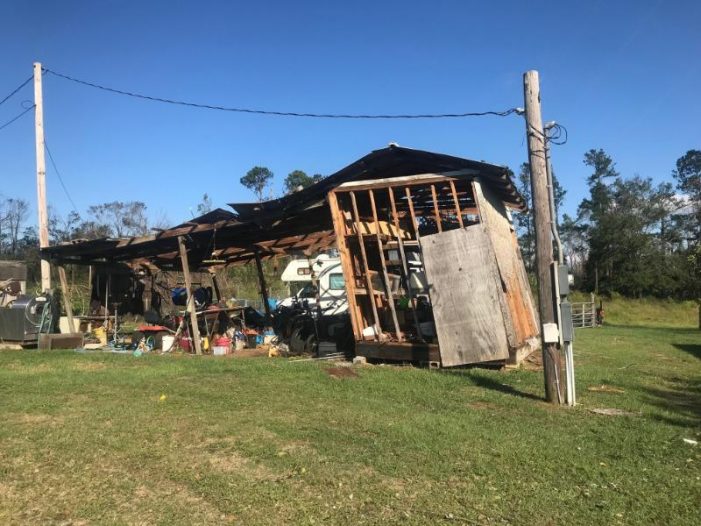By Jim Saunders, The News Service of Florida
TALLAHASSEE — As Florida gets ready to enter the thick of hurricane season, property insurers have seen improvements in the market for reinsurance — critical backup coverage that helps drive how much homeowners pay in premiums.
Now, it’s a waiting game as forecasters expect a busy, and potentially costly, season.
New reports by the reinsurance brokers Aon and Gallagher Re said Florida property insurers found better prices and more availability when purchasing reinsurance coverage that took effect June 1 and Monday.
“Following several years of significant reinsurance rate increases, relatively low catastrophe activity and improved results for both insurers and reinsurers, many of Florida’s insurers experienced rate reductions at mid-year for the first time in three years,” the Aon report, released Monday, said.
Similarly, the Gallagher Re report, posted last week, said: “Following three consecutive years of double-digit risk adjusted rate increases, Florida’s reinsurance market was overdue for a pause in 2024. For the most part, this is what looks to have been delivered at the 6.1 (June 1) renewal, with risk-adjusted rates on most programs either flat, or down by up to 10%.”
But the reports also suggested the reinsurance market started to have what Aon described as hurricane season “jitters” as a series of forecasts were released this spring predicting an extremely active storm season. The reports said the ominous forecasts led to higher prices and less availability of coverage for later reinsurance purchases.
“The next few months will be critical to the outlook for (reinsurance) renewals in 2025,” the Aon report said. “One outsized hurricane loss, or a series of U.S. landfalls, this season may yet see a revision to more challenging market conditions.”
Property insurers buy reinsurance and a type of financial instrument known as catastrophe bonds to hedge against risks. Being able to offload a portion of risk is vital for insurers when big storms hit.
While many homeowners might not realize it, the costs of what is known as “risk transfer” get baked into insurance premiums. High costs and tight availability of reinsurance contributed to major property-insurance problems in recent years that resulted in hundreds of thousands of Florida homeowners losing coverage or facing hefty premium increases.
With the insurance market crumbling in May 2022, state lawmakers agreed to spend $2 billion in tax dollars to temporarily provide additional reinsurance coverage to insurers. They later approved a program that effectively offered additional levels, known as “layers,” of reinsurance funded through $1 billion in state tax dollars and premiums paid by insurers.
State and industry officials say the overall insurance market has improved since lawmakers in late 2022 passed a series of changes that included helping shield insurers from costly lawsuits. Nevertheless, the state’s Citizens Property Insurance Corp., which was created as an insurer of last resort, remains by far Florida’s largest carrier, with 1.211 million customers.
Insurers rely on a combination of reinsurance bought in the private market and from the state-run Florida Hurricane Catastrophe Fund, which can provide coverage at a relatively low cost.
The Florida Hurricane Catastrophe Fund, known widely as the Cat Fund, could provide as much as $17 billion in reinsurance coverage this year if needed. But before insurers could tap that money, they would have to pay specified amounts to cover claims. The amounts would vary by insurer, but the maximum amount for the entire industry would be $9.93 billion.
To pay its portion of potential costs, the Cat Fund is projected to have $6.91 billion in built-up cash and another $3.25 billion in borrowed money, according to a May report. It could borrow an additional $6.84 billion if it needed to pay up to the $17 billion coverage limit.
The six-month hurricane season started June 1, with August, September and October typically the busiest times for hurricanes.


The roofer you called to repair your roof will tell you, he knows an attorney that will make the insurance company pay for a total replacement. You cannot talk to your insurance company and it will take three month to get the check. Even though you knew insurance should only pay for a simple repair, you,the roofer and attorney screwed the insurance company. And that is why our premiums are so expensive.